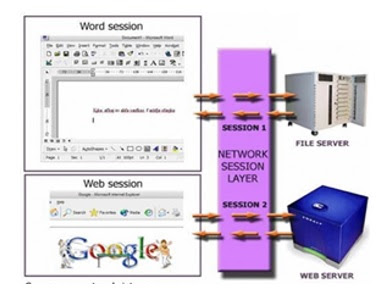Broadcast tree program in C in computer Network | Implement broadcast tree for a given subnet of hosts

NAME OF THE EXPERIMENT: Broadcast Tree. AIM: Implement broadcast tree for a given subnet of hosts HARDWARE REQUIREMENTS: Intel-based Desktop PC :- RAM of 512 MB SOFTWARE REQUIREMENTS: Turbo C / Borland C. THEORY: This technique is widely used because it is simple and easy to understand. The idea of this algorithm is to build a graph of the subnet with each node of the graph representing a router and each arc of the graph representing a communication line. To choose a route between a given pair of routers the algorithm just finds the broadcast between them on the graph. ALGORITHM/FLOWCHART: step 1: declare variable as int p,q,u,v,n; step 2: Initialize min=99,mincost=0; step 3: declare variable as int t[50][2],i,j; step 4: declare variable as int parent[50],edge[50][50]; step 5: Begin step 6: write "Enter the number of nodes" step 7: read "n" step 8: Initialize i=0 step 9: repeat step(10-12) until i<n step10: inc


